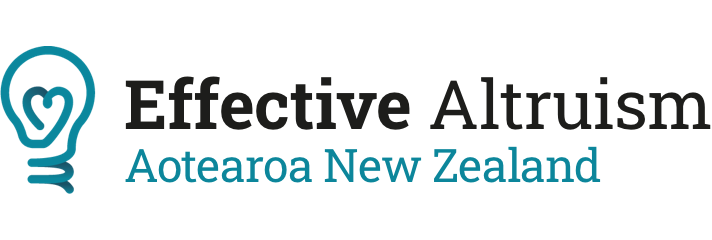
Cause Prioritisation
Which problems are the most pressing?
Why— and how— should we prioritise?
There are many different problems in the world competing for our attention. Should you focus on education, climate change, poverty, or something else? In an ideal world, you wouldn’t have to choose— we’d just solve all the problems. Unfortunately, in the real world, our resources are limited. We can’t fix everything at once, so at some point you’ll have to narrow your focus.
But how should you choose what to focus on? The standard advice is to pick whatever interests you most, or is closest to your heart. The problem with this approach is that you might happen to stumble across an area that’s just not very big, important, or easy to make progress on. You’re also much more likely to stumble across the problems that receive the most attention, which makes them lower impact.
So, how can we avoid these mistakes, and do more good? One way to choose is with the scale, neglectedness and solvability framework.
Just want to see our recommended cause areas?
Skip ahead ↓
Cause Prioritisation Framework
This framework is based on a set of three metrics which will help you decide where your time, money, and other resources will do the most good. Problems which score highly on all three metrics are the most important to prioritise.
One of the benefits of the framework is that it’s extremely flexible. You can use the metrics to compare broad areas you could support (e.g. education or health), or if you’re already committed to an area, you can compare projects within that area (e.g. research into malaria or HIV).
Scale
Āwhata
Scale is important because the effect of activities on a problem is often proportional to the size of the problem. Launch a campaign that ends 10% of all paper cuts, and you achieve very little. Launch a campaign that prevents 10% of all malaria cases, and it’s a much bigger deal.
However, decades of research has shown that our intuition is bad at assessing differences in scale. For instance, one study found that people were willing to pay about the same amount to save 2,000 birds from oil spills as they were to save 200,000 birds— even though the latter is objectively one hundred times better! This is an example of a common error called scope neglect.
To overcome scope neglect, it’s helpful to use numbers to make comparisons, even if they’re very rough. For example, we can ask:
How many lives are affected by this issue?
How much is each individual affected?
What effect will solving the problem have in the long-run?
Neglectedness
Wareware
The more effort that’s already going into a problem, the harder it is to make a meaningful contribution. This is due to diminishing returns.
Think about it this way: when you pick fruit from a tree, you start with those that are easiest to reach– the low hanging fruit. When they’re gone, it becomes harder and harder to get a meal. It’s the same with social impact. When few people have worked on a problem, there are generally lots of great opportunities to make progress. As more and more work is done, it becomes harder and harder to have a big impact.
To find the neglected areas where we can do the most good, we can ask:
Does the problem affect neglected groups, like animals, those far away, or future generations, rather than us?
Is the problem a low probability event, which might be overlooked?
How many people know about the problem? How much time and money are already being spent to address it?
Solvability
Whakaoti
Solvability is important because it influences how far our resources will go. We could waste a lot of time and money trying to solve an impossible problem! And tackling a very difficult problem could mean spending a lot of resources making very little progress.
This isn’t to say that difficult problems aren’t worth solving. But, all else equal, we can probably do more good by focusing on problems that can be solved quickly, cheaply, and/or easily.
To assess solvability, we can ask:
How easy would it be to make progress on this issue?
Do interventions already exist to solve this problem effectively, and how strong is the evidence behind them?
For more information about the framework, see 80,000 Hours’ in-depth article on cause prioritisation
Which cause areas seem most promising?





